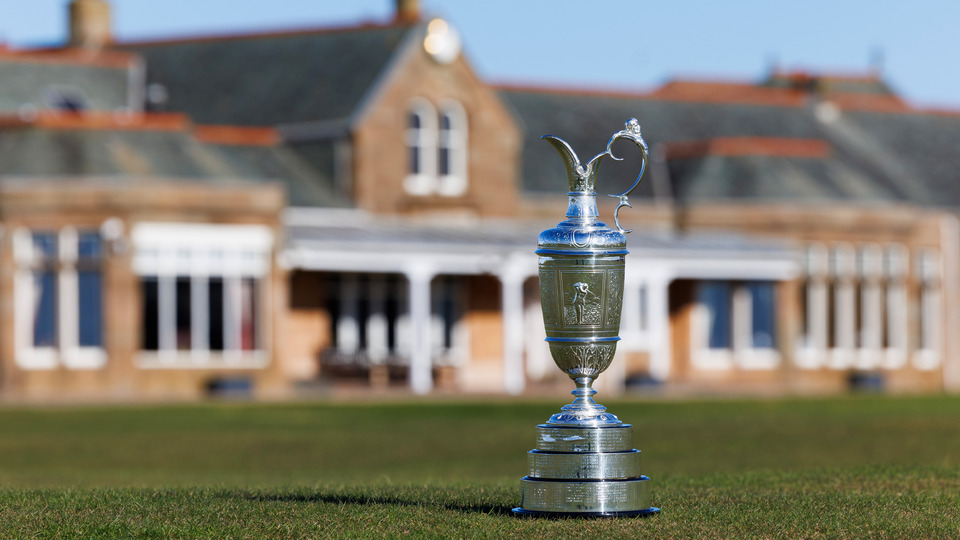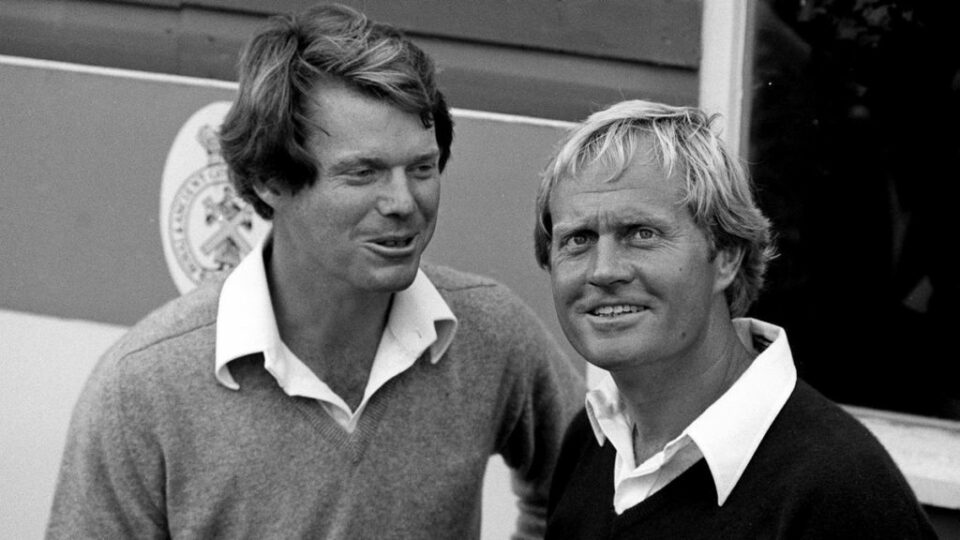
Estimated reading time: 16 minutes
Read Part 1
Oklahoma is home to a number of stellar private clubs -- many underwritten by those in the oil industry. What makes the State stand out when measured against other locations in the South-Central Plains?
KEMP: I think that a lot of people would be surprised at the rolling nature of the land. Granted there are very flat parts of the state, but as you go further east the topography gets really interesting and great for golf. Courses like Southern Hills, Twin Hills, Dornick Hills, and Oklahoma City Golf & Country Club can hang with any of the other great courses in the country. The one thing they have in common are great topography, a wonderful routing, and the personal touch of Perry Maxwell. Those three elements are a recipe for a great course.
BLUME: Oklahoma has a very rich golf history and its inventory of golf courses is a reflection of that history. There is also significant diversity in the landscape. In southeast Oklahoma near Broken Bow, you might think you are near Lake Tahoe, while in the Northwest near Woodward you can experience the sand hills similar to those at Prairie Dunes in Kansas or Sand Hills in Nebraska.
Most of Oklahoma's notable courses were designed at the tail end of the "Golden Age" with clubs like Southern Hills, Oklahoma City Country Club, Dornick Hills, and Twin Hills, all Maxwell designs. Combine the significance of Maxwell's influence with the diversity of the environment and the timing of the development of Oklahoma golf, and you get the quality that exists in Oklahoma today.
FOUGHT: Perry Maxwell contributed to Oklahoma having great courses. The architects that worked in the same era were not as talented.
DAVIS: Living in Oklahoma and having done a lot of work here, I can say the land in Oklahoma is unique and presents a lot of opportunity to build interesting golf.
LARSEN: Long rolling terrain, sparse trees, dry area so naturally provides firm and fast conditions -- and wind.

Wind velocities can be a major issue for courses in the South-Central Plains. How do you as an architect account for the varying nature of wind patterns so that the overall dynamics of a golf design remain consistent no matter the direction the wind blows?
BLUME: As a Texas-based architect, I deal with the significant influence of wind on a golf course design all the time. There are two keys to balancing the influence of the wind. The first is routing the golf course in a way that ensures varying wind directions as a player moves through the round.
The second is to design and orient the green complexes in a way that enables a player to take advantage of wind directions, or be able to succeed with shots when the wind direction is not favorable. The second key relates to things like green orientation, size, contouring, bunker placement. etc.
FOUGHT: When there is a lot of wind velocity you must be careful with green size and making sure the fronts of the greens are open to bump and run. While this is true of most courses it is especially true where there is a lot of wind. As with the wind-swept dune courses of the British Isles, it is important to allow players the option to bounce their approach shots onto the greens.
DAVIS: I make sure you can run shots into greens and I make sure there are strategic ways to play around forced carries. I also try to make sure through the routing that there are a good many holes that won’t regularly play straight down wind or straight into the wind.
LARSEN: Wind is an uncontrollable variable in velocity and direction --.especially in the Central Plains and I'm ok with God having his way on the golf course. Perhaps the most important characteristic in design is variety as it brings interest, intrigue, surprise -- and fun. The variety in wind direction / velocity does all those things. The randomness of unexpected impacts is terrific and creates excitement.
Seems not designing for it actually creates more impact. Plus, in the case of Southern Hills renovation, the routing was a given so Gil could not do much to golf hole direction. However, monitoring prevailing wind direction & velocity would allow for adding tees to give an equal variety of lengths as they relate to wind direction. A personal note; I like to finish the round with a scorecard of par 4,3,5 but they play more like par 4.5, 3.5 and 4.5. The wind could be the determining factor in the 'plays like' par of the three finishers.
KEMP: I grew up in Amarillo, Texas and have lived in Texas for most of my life so wind has been a factor not only in golf, but in everyday life. In my opinion the wind is a plus for golf course design, I do not really see it as a major issue. I think that wind brings out the creativity in the golfer and really makes them think. I favor embracing the natural elements and trying to create a course where the ground game is a major factor.
Wind also helps with the variety of the course, one day it may be down wind while the next there is a cross wind or it plays against you and that is why it is important to give the golfer the option to hit fun creative shots and use the undulations on the ground to their advantage rather than having to hit the ball through the air and fight the wind.

Is it fair to say that only two elements -- firmness and wind -- can hold down the collective talents of today's elite players?
DAVIS: No. Strict angles, and strict distance control challenges, when done well, play a role, as can thicker and deeper rough. Southern hills has some of the angles and distance control challenges. But holding down talents should not be the goal. The goal should be to test the players to show they have complete games - to test their collective talents to see who is the most complete player.
LARSEN: No. Small elevated target greens on long holes, large sloped greens with small pin position areas, long narrow 8000-yard courses with deep rough all mitigate skills -- and don't leave out the pressure of winning a major.
KEMP: The elite professional and amateur golfers today work so hard on the range and have access to unbelievable technology that has given them all the ability to be great ball strikers and to hit the ball further than ever before, so it is hard to hold their talents back.
The great thing about major championships being held at different venues every year is that they have a level of uncertainty and this year’s tournament at Southern Hills should be no different. The expanded fairways should promote more variety and thought off of the tee than it did back in 2007 when most players only hit driver several times a round due to the narrow fairways and thick rough.
BLUME: Chasing length has not worked. With the distance that today's elite players hit the ball, firmness sometimes cancels itself out. If the course is overly firm off the tee, today's players can negotiate most courses without the need for hitting a driver very often.
Firmness does have significant impact in putting surfaces, but I think that the contouring of those putting surfaces has an equal influence. Augusta National is the prime example of this fact. Heavily forested golf courses with narrow corridors can also resist scoring to a lesser degree.
FOUGHT: This is generally true though I do believe that a mix of strategy with varying lengths can test great players. It’s not just length that tests a player's mettle. Differing slopes on greens can also provide plenty of tests as well.

Kerry Haigh has been the point man for the set-up of numerous PGA Championships and has been duly recognized for his efforts in balancing difficulty with overall fairness. How is it -- in your opinion -- the PGA has had a more consistent efforts in course set-up when held against what the USGA has done with the U.S. Open?
LARSEN: Seems the PGA makes an effort to set up venues differently every day. This variety, again, creates interest and demands different shotmaking skill on the same hole. Fun stuff. The USGA seems focused on setting up courses to be resistant to scoring only.
KEMP: Kerry Haigh and the PGA of America have embraced how good these golfers are and are not afraid of them posting a low score. This allows them to keep the course playing more like the golf course architect intended while also being creative with the setup like making a par-4 be drivable one day or turning a long par-3 into a short par-3.
On the other hand, the USGA wants to produce the toughest test of the year for the golfers, and this usually means taking the course conditions to the edge every year. Sometimes it works out nicely and other times it backfires especially with the unpredictability of weather. By embracing the architecture of the course and the talents of the golfers the PGA of America has found the formula to create a fair and interesting test of golf year in and year out.
BLUME: Who's right and wrong is difficult to say with regard to course set up. I think that all three organizations involved in course set up for professional golf in the United States approach things with a different set of parameters.
The PGA Tour sets up golf courses to promote scoring, the USGA usually sets up a golf course to resist scoring, and the PGA of America set up relates more to the specifics of the golf course and local conditions as opposed to scoring being the major concern. Each entity has valid reasons for their approach and I wouldn't say that one is more consistent than the others. The PGA of America set up is most certainly less controversial.
DAVIS: I think the PGA has been less concerned with score and more focused on a complete test, but I think the USGA has moved that way too.
FOUGHT: Kerry has not worried too much about scores. Giving the players a true test of all their skills will provide the proper challenge. The USGA worries too much about par.
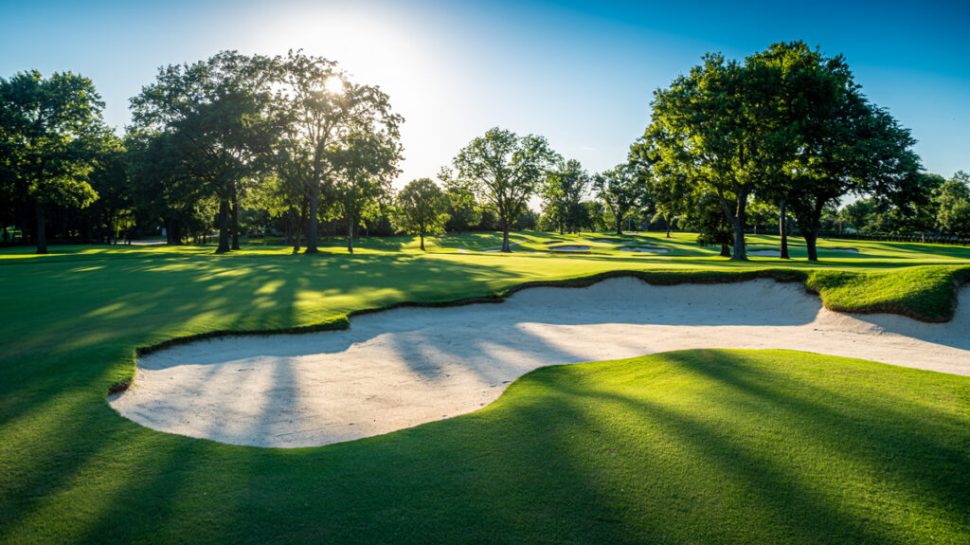
Since 2019 -- the PGA Championship is now played in May versus the long-time calendar spot in August. From an architectural perspective is May a better time frame than August and will the new May time period be more conducive to certain parts of the USA as a possible championship venue?
KEMP: From a strictly architecture perspective I think it is a positive that the tournament has been moved from August to May. This gives the opportunity of hosting a major championship to some of the great courses in the south. It also provides an opportunity to play on different types of grass like Bermuda or Zoysia.
The one downside to May is that the weather can be unpredictable and severe weather is not out of the question. Also, after a cool spring the course may not be as full or put up the same test as it would in the summer.
FOUGHT: I think it was a great change. May is a great month to play in the southern states versus August. Most southern states are too hot and their grass is not as good as in May.
LARSEN: There are great southern venues that would be unbearable to play in August. The May date makes them candidates. Case in point -- Bay Hill.
DAVIS: Depends on where it is, but overall, I think it will lead to more southern courses being good venues.
BLUME: I think that the move to May certainly makes sense in terms of opening up more southern venues to host the PGA. Bermuda grass venues have not been favored by the USGA or PGA over the years, and the heat in August in the south can be very oppressive. A May date allows for good growing conditions and better weather.
It also affords the PGA the opportunity to use a host venue in the states of Texas and Florida, two states that produce a significant portion of the game's best players but that have been largely ignored by the major championships in recent years. The PGA of America's move to north Dallas shows their interest in Texas, albeit at the expense of south Florida.

So, who do you see hoisting the Wannamaker Trophy when all is said and done and how do you assess Tiger Woods will fare if he does indeed play?
LARSEN: Jordon Spieth, maybe Viktor Hovland. Woods return at Augusta was remarkable -- as are most of his feats. He will compete well.
DAVIS: I think it will take a player who plays more from the fairway than the rough. A good pick could be Kevin Kisner.
BLUME: The winner at Southern Hills will need to be extremely accurate with their approach shots and have their short game clicking on all cylinders. Southern Hills, like most Maxwell courses, is not particularly demanding off the tee, but advantages can be gained by putting the drive in the proper portion of the fairway. Distance control with the irons will be critical to success and, as always, a hot putter doesn't hurt.
My pick - Justin Thomas. Tiger's best chance at a major at this point in his career is at Augusta. My sentimental favorite? Rickie Fowler. Oklahoma State University alum comes back to Oklahoma for his greatest career moment.
KEMP: While I would not be surprised if Scottie Scheffler won on one of his favorite courses, I think Colin Morikawa is the man to beat. It will be great to see Tiger playing again at Southern Hills with all of the 2007 memories and I think he will improve upon his start at the Masters -- making the cut and playing better on the weekend.
FOUGHT: It’s hard to predict whose game will be in top form. I think Jon Rahm, Justin Thomas and maybe Jordan Spieth are good choices with Finau and Sheffler being in the mix. I don’t see Tiger being a threat until he is able to walk better. Southern Hills has a few hills up and down, especially in the heat.
Pictures courtesy of Mike Klemme
***
The Participants
TRIPP DAVIS, ASGCA
Tripp Davis & Associates
Norman, OK

Founded Tripp Davis and Associates in 1994 and regarded as one of the leading golf architecture practices in the world.
Grew up around the game of golf in Atlanta, Georgia, and was a three-time American Junior Golf Association All-American. Accepted a scholarship to play golf at the University of Oklahoma and was an All-Big Eight selection, an NCAA All-American selection.
Worked in golf course construction during summer breaks at graduate school, and while working briefly as a designer for golf course architect Charles Howard an opportunity presented itself to work with the State of Oklahoma to build two new nine-hole golf courses, which led to the formation of Tripp Davis and Associates.
Current projects include Brae Burn Country Club, Houston, Texas; Thunderbird Country Club, Rancho Mirage, California; Atlanta Athletic Club (Riverside Course), Atlanta, Georgia; Augusta Country Club, Augusta, Georgia, and others.
http://www.tdagolf.net
TREY KEMP, ASGCA
Golf Course Architect, Kimley-Horn
Dallas, Texas

A well-rounded golf background that includes 18 years of experience working as a Golf Course Architect on over 100 projects with Jacobson Golf Course Design and Colligan Golf Design prior to his time at Kimley-Horn. His golf experience also includes time as an Assistant Golf Professional at Onion Creek Club in Austin, Texas and at Dallas National Golf Club where he worked on the maintenance crew.
Trey is a member of the American Society of Golf Course Architects and has worked on many award-winning golf course projects. These include Brackenridge Park Golf Course in San Antonio, Texas; Rockwood Park Golf Course in Fort Worth,Texas; Stevens Park Golf Course in Dallas, Texas and Texas Rangers Golf Club in Arlington, Texas.
http://kimley-horn.com
JEFFREY D. BLUME, ASGCA
Jeffrey D. Blume, Limited
Magnolia, TX
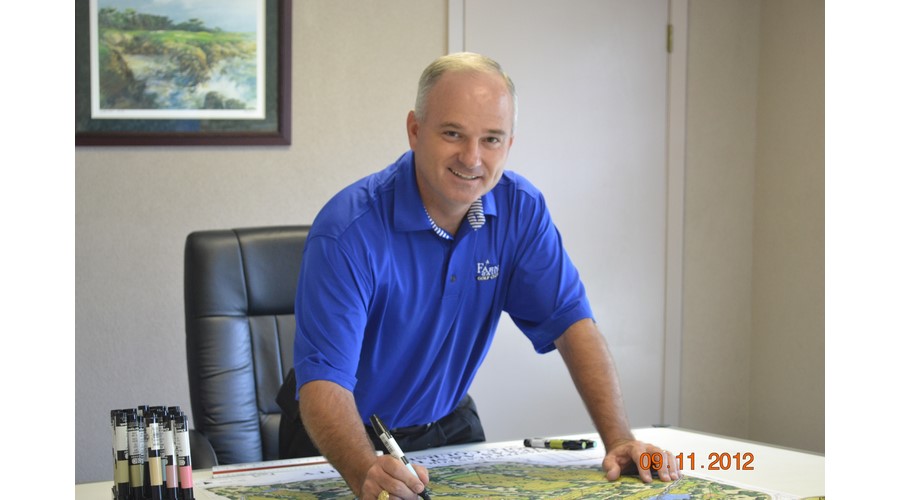
Has been a practicing golf course architect for over thirty years. He has completed commissions both domestically and internationally and is well versed in all aspects of golf course design including new courses, renovations, restorations and master planning.
Some of his more notable designs include the new Mallard Golf Club in Lake Charles, Louisiana; Grand Pines Golf Club in Montgomery, Texas; the renovation of the Golf Club at Texas A&M in College Station, Texas; and the renovation of Boiling Springs Golf Club in Woodward, Oklahoma.
www.jeffreydblume.com
JOHN FOUGHT, ASGCA
Fought Design
Scottsdale, AZ
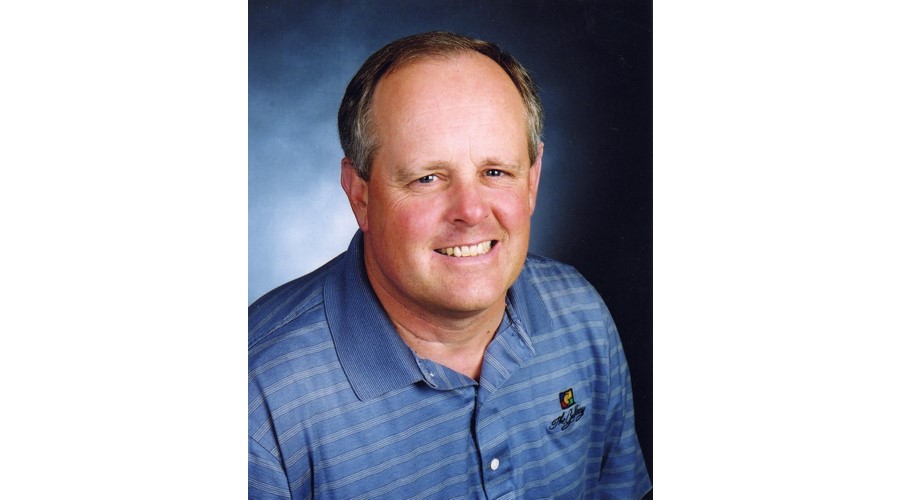
A renowned player winning the US Amateur and two PGA Tour event before injuries forced his retirement. He has worked for 30 plus years as a golf course architect with multiple important projects located all over North America.
His original design projects include Windsong Farm, The Gallery, Pumpkin Ridge (with Bob Cupp) and Sand Hollow. He has also restored many old classic courses and has renovated more than 50 existing layouts.
www.foughtdesign.net
ERIK T. LARSEN, ASGCA
Larsen Golf
Ponte Vedra, FL
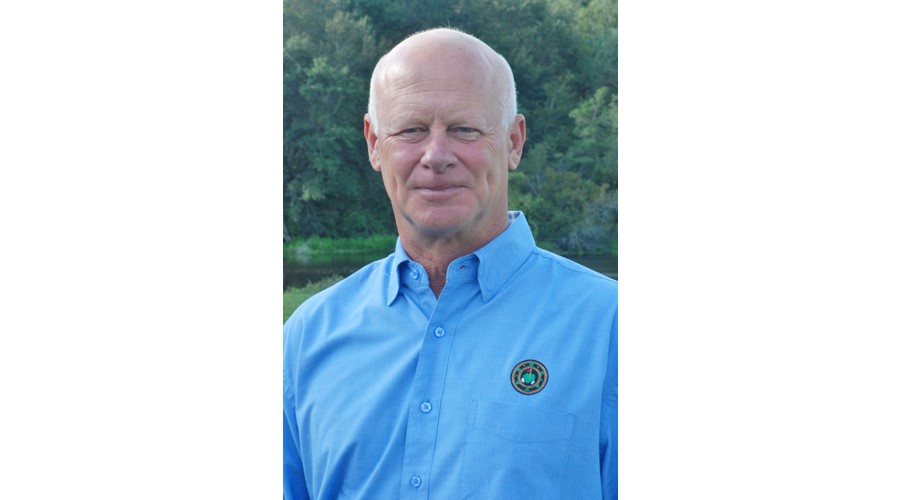
ASGCA member since 1987 and part president / 2010. CLARB. Executive Vice President, Arnold Palmer Design Company 2006-2011. Has designed 100 plus golf courses in 20+ countries, 25+ states. Several PGA Tour venues and awarded courses. Currently redesigning St Johns Golf Club, Elkington, FL.
www.larsengolf.net

